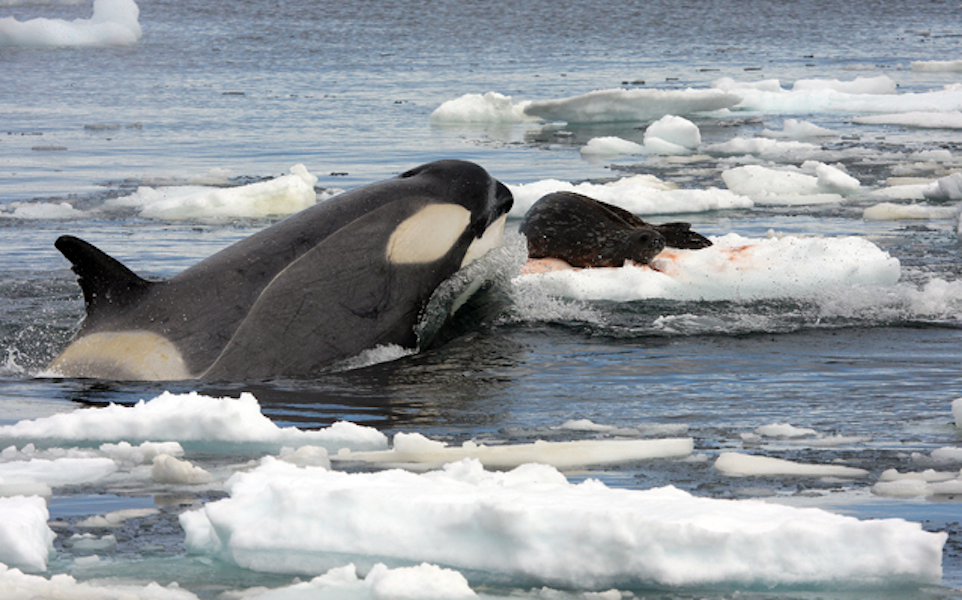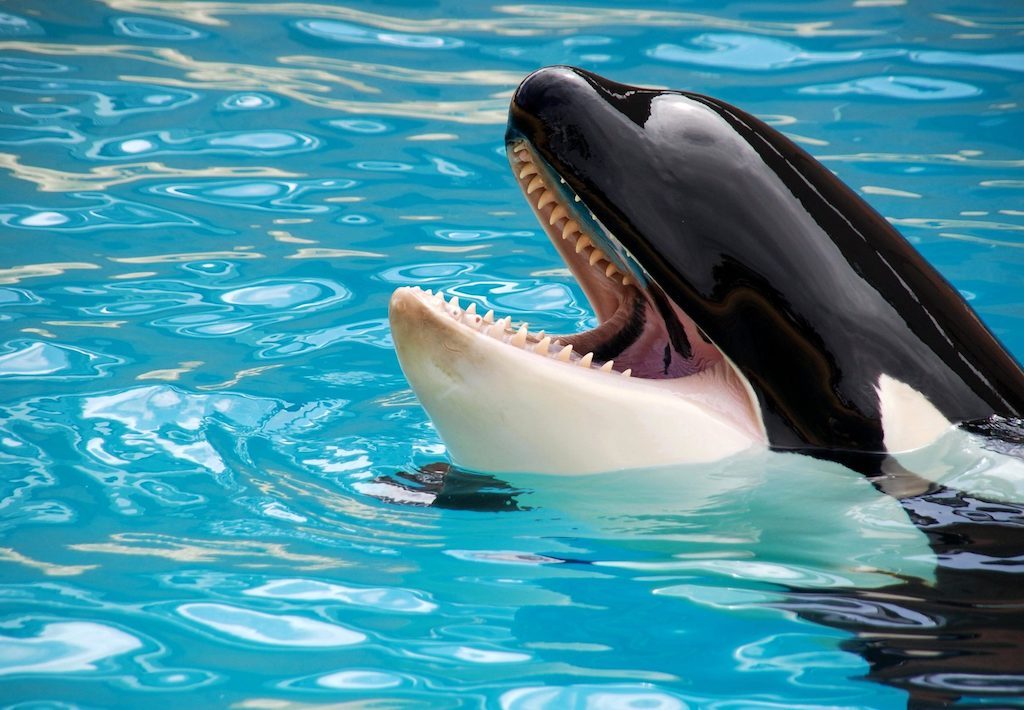
Killer whales have an extremely diverse diet — one that has evolved even to include birds.
Killer whales may not be dangerous to humans (except during some rare instances in captivity), but they are dangerous to everything else in the ocean. Orcas are the largest members of the dolphin family and can be found across a huge range of marine environments around the world.
They are opportunistic hunters and prey on a wide variety of animals, including fish, seals, sea lions, dolphins, other whales, and even sharks. Orcas are the apex predators of the ocean and have no known natural enemies.
Killer whales can grow up to thirty feet in length and weigh up to 6 metric tons, making them considerably larger than the largest predatory sharks in the ocean, including great white and tiger sharks. But it’s not just their size that makes them effective predators…

Unlike most large, oceanic predators, they are highly intelligent and social animals, preferring to hunt in packs. This allows them to take down enormous prey.
And for small prey — orcas utilize cunning tactics.
In this case, a captive killer whale tosses a fish onto the edge of its pool. Curious and famished a group of herons and egrets stares at the fish, desiring to gobble it up. Naturally, they are cautious around the massive marine mammal, but the orca does not seem threatening.

Starved, a black-crowned night heron wading at the edge of the pool runs to grab the fish, unable to pass up this easy meal. But the heron’s actions prove fatal.
As soon as the hungry heron grabs the fish, the hungry orca springs forward and grabs the heron, pulling it underwater and drowning it.
Video:
Orcas are known for their amazing hunting techniques that test the limits of their physical abilities. For example, the orca in the video below has figured out how to slide onto the beach to capture unsuspecting seal pups. Watch:




